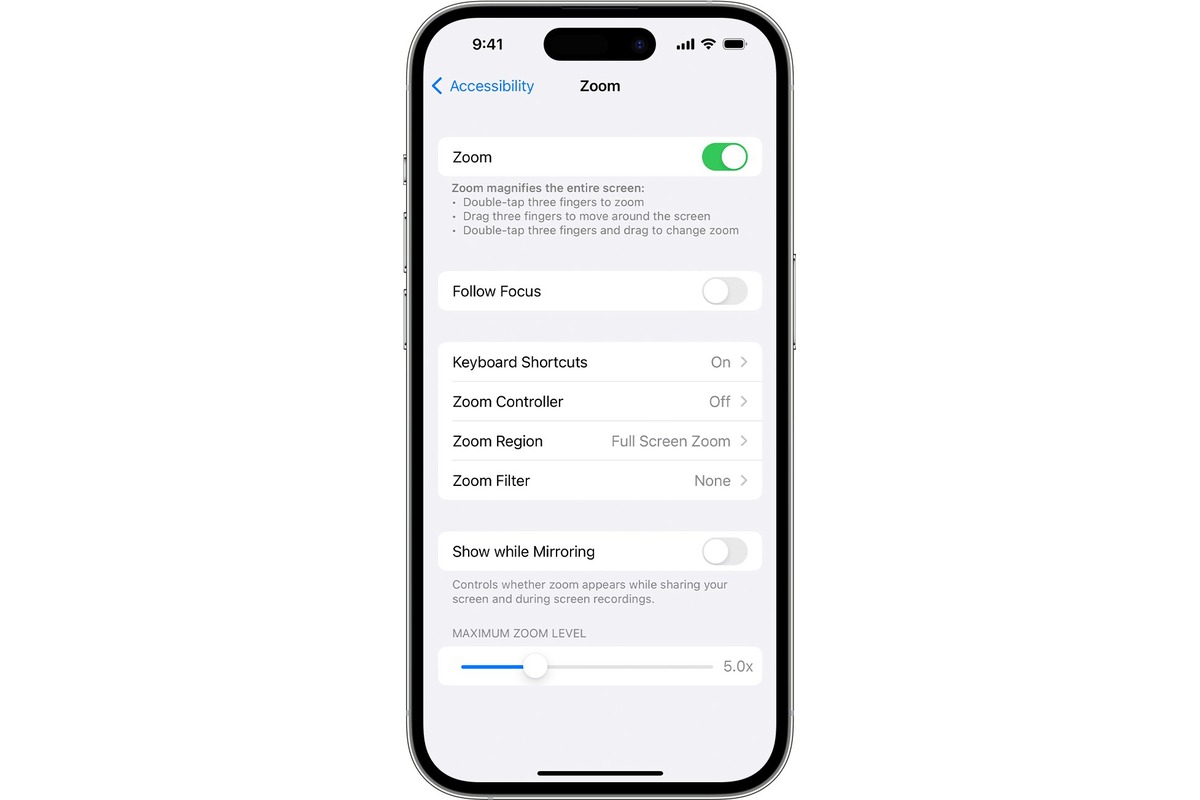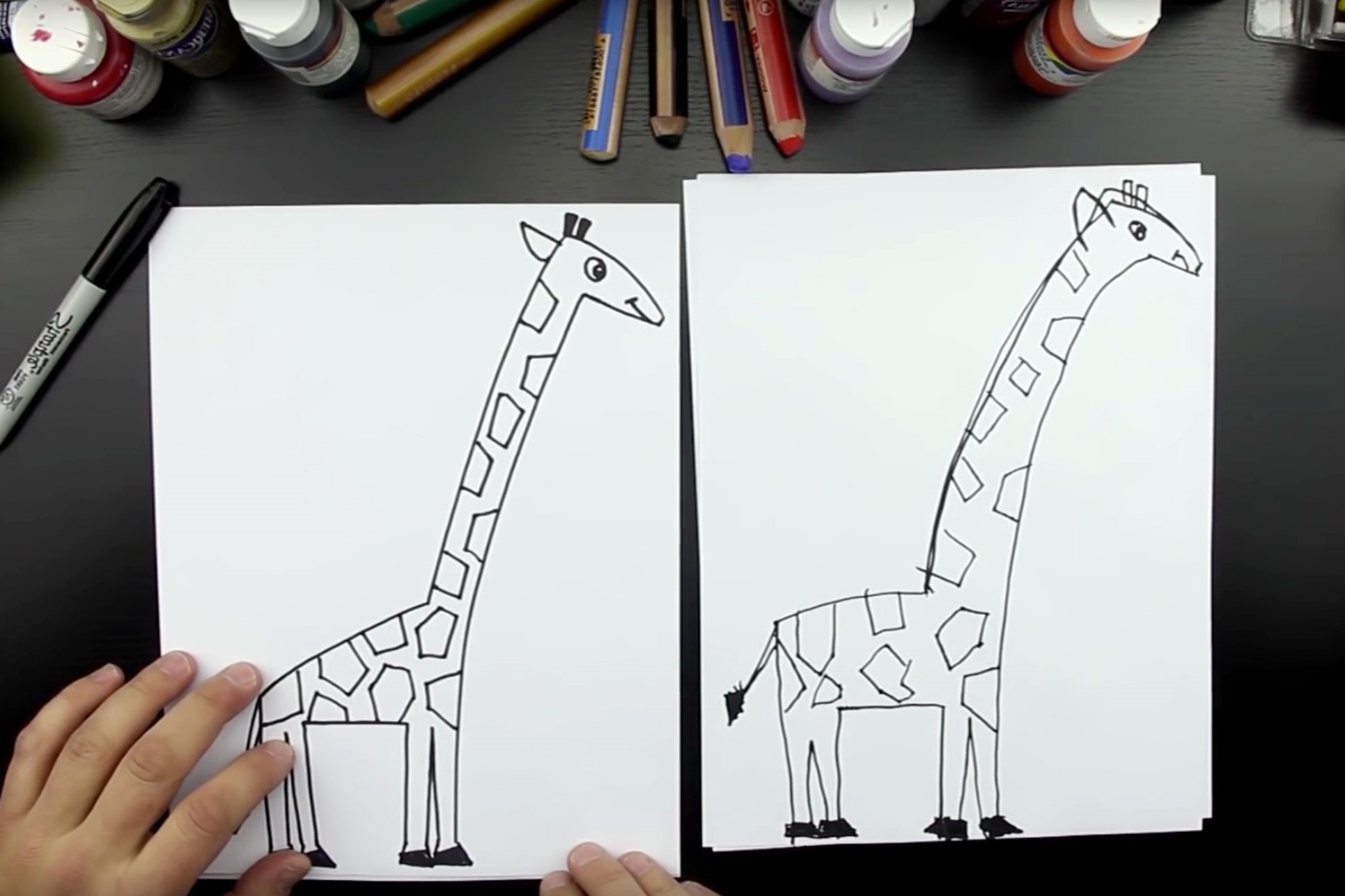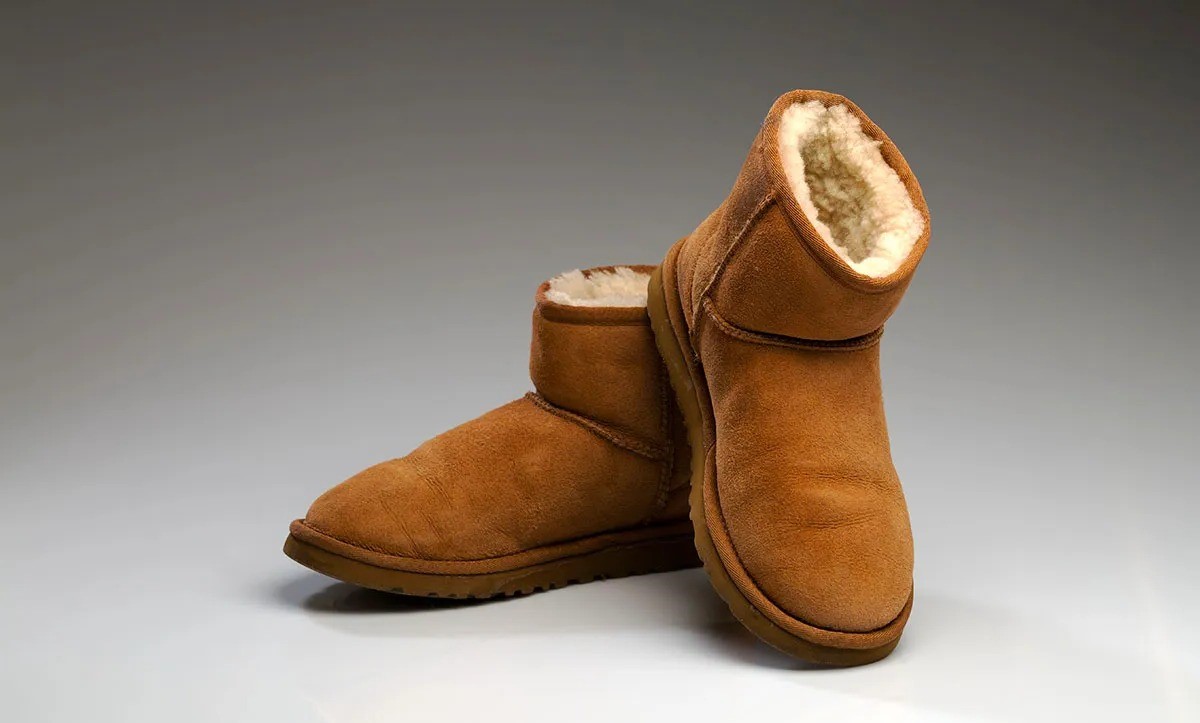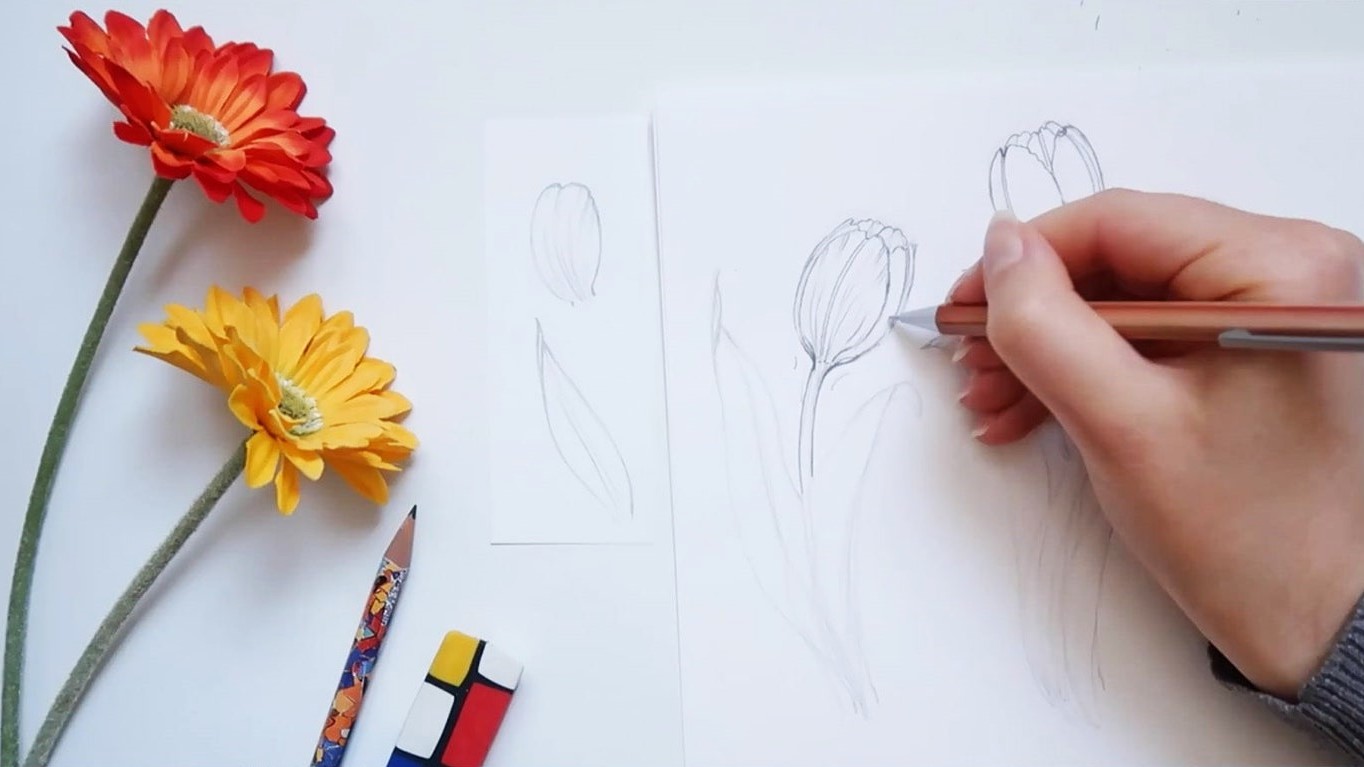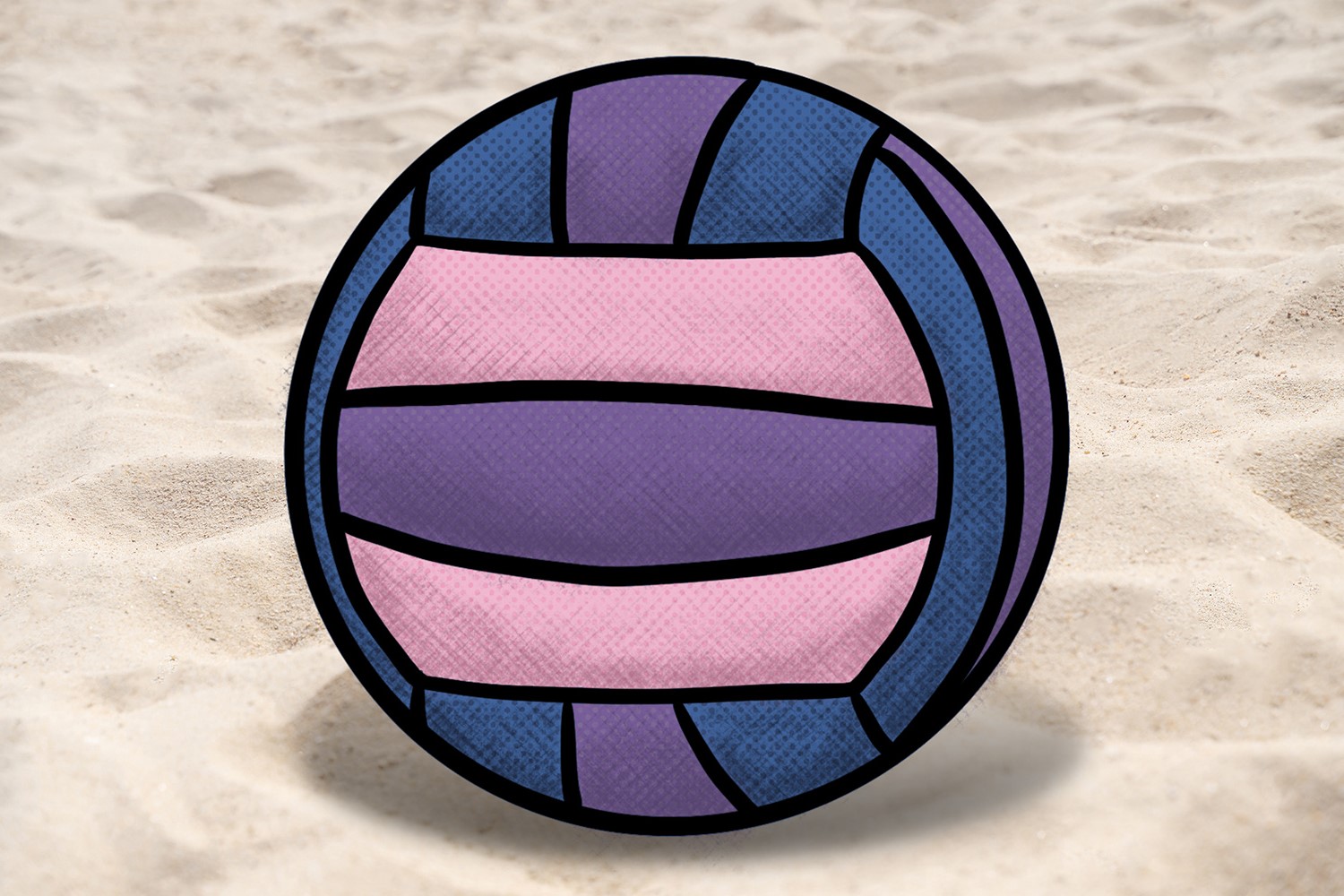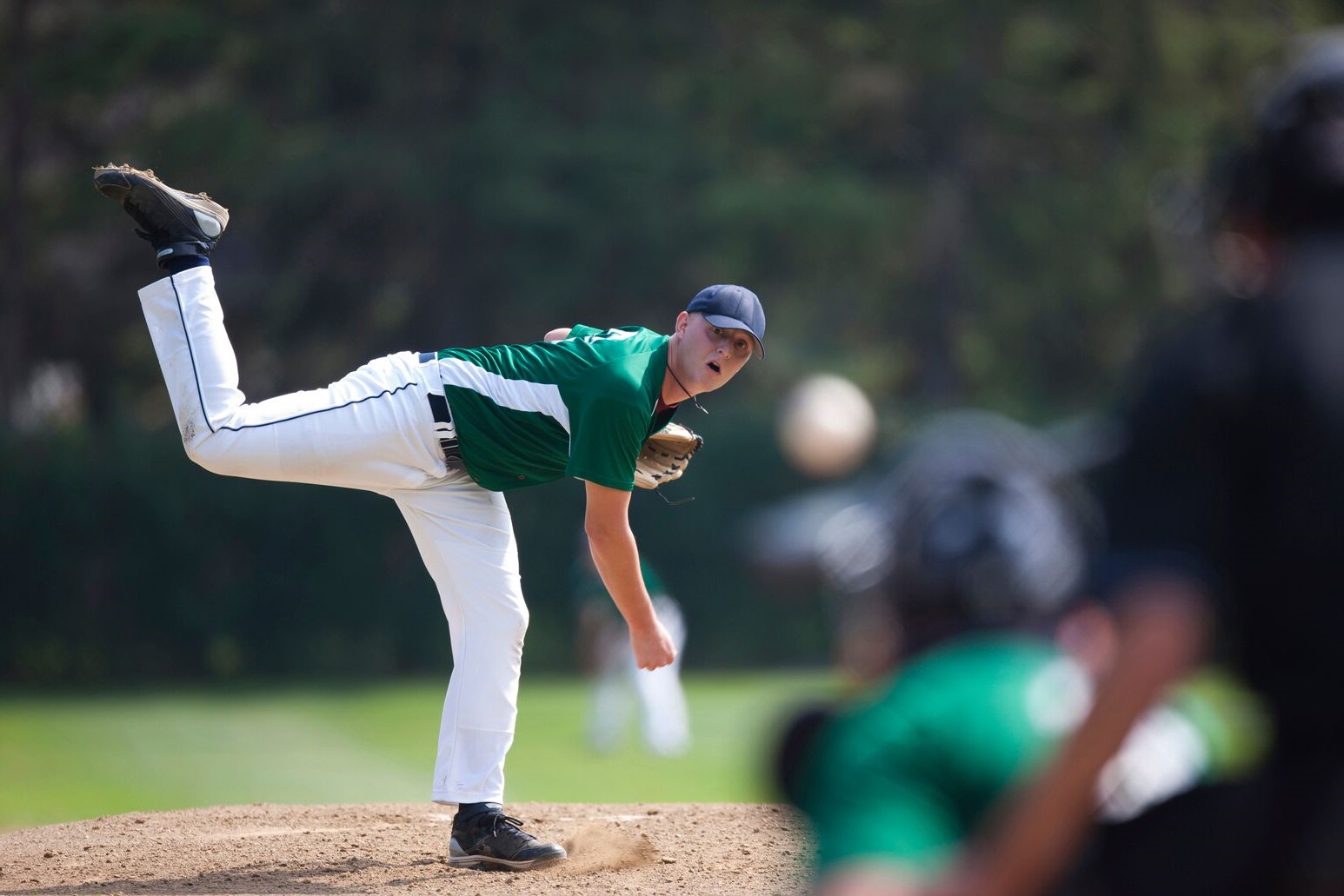

Sports
How To Throw A Curveball
Published: February 25, 2024
Learn how to throw a curveball in baseball with our expert tips and techniques. Improve your sports skills and dominate the game!
(Many of the links in this article redirect to a specific reviewed product. Your purchase of these products through affiliate links helps to generate commission for Noodls.com, at no extra cost. Learn more)
Table of Contents
Introduction
The curveball is a mesmerizing pitch that has dazzled baseball fans for decades. Its ability to deceive batters with its sudden and sharp break has made it a formidable weapon in a pitcher's arsenal. Mastering the art of throwing a curveball requires a combination of skill, technique, and finesse. In this comprehensive guide, we will delve into the intricacies of throwing a curveball, from understanding the mechanics behind its movement to mastering the essential techniques. Whether you're a seasoned pitcher looking to refine your curveball or a novice eager to learn the ropes, this article will equip you with the knowledge and insights needed to elevate your pitching game.
The curveball's allure lies in its ability to defy the laws of physics, as it seemingly bends and swerves on its way to the plate. It's a pitch that demands precision and control, as even the slightest deviation in grip or release can alter its trajectory. As we unravel the secrets of the curveball, you'll gain a deeper appreciation for the artistry and skill required to execute this pitch effectively.
Throughout this guide, we'll explore the fundamental principles that govern the curveball's movement, dissect the intricate mechanics behind its spin, and uncover the nuances of gripping the ball to achieve the desired break. Additionally, we'll highlight common mistakes to avoid, providing valuable insights to help you refine your technique and enhance your pitching prowess.
Whether you're aiming to add a devastating breaking ball to your repertoire or seeking to refine your existing curveball, this guide will serve as your roadmap to mastering this captivating pitch. So, grab your glove, lace up your cleats, and get ready to embark on a journey into the art and science of throwing a curveball.
Read more: How To Throw A Slider
Understanding the Mechanics of a Curveball
The mesmerizing movement of a curveball is a result of the intricate interplay between aerodynamics and physics. To comprehend the mechanics of this pitch, it's essential to grasp the fundamental principles that govern its trajectory and spin.
When a pitcher hurls a curveball toward home plate, the ball's spin becomes the catalyst for its dramatic movement. Unlike a fastball, which typically features backspin, the curveball is characterized by topspin. This topspin generates a downward force on the ball, causing it to break sharply as it approaches the plate. The Magnus effect, named after the German physicist Gustav Magnus, elucidates this phenomenon. As the ball spins forward, the air pressure above the ball decreases, while the pressure beneath it increases. This stark contrast in pressure creates a force that deflects the ball's path, resulting in the characteristic downward break of a well-executed curveball.
Furthermore, the velocity and arm angle at which the pitcher releases the ball significantly influence the degree of break exhibited by the curveball. A higher velocity combined with a pronounced downward arm angle can intensify the pitch's break, making it even more challenging for batters to anticipate and connect with.
The spin rate of the ball also plays a pivotal role in determining the sharpness of the curveball's break. A higher spin rate results in increased movement, making it a formidable weapon in a pitcher's repertoire. Pitchers often strive to optimize their spin rate through meticulous grip and release techniques, aiming to maximize the pitch's effectiveness.
Understanding the mechanics of a curveball extends beyond the physical aspects; it encompasses the mental game as well. The element of deception is intrinsic to the curveball's effectiveness. By mirroring the arm action and release of a fastball, a pitcher can confound batters, leaving them ill-prepared for the sudden drop of the breaking ball.
In essence, the mechanics of a curveball are a symphony of forces, angles, and spin, orchestrated to defy expectations and outwit batters. As we unravel the complexities of this pitch, we gain a profound appreciation for the artistry and precision that underpin the mesmerizing movement of the curveball.
Gripping the Ball
The grip forms the bedrock of a well-executed curveball, wielding a profound influence on the pitch's trajectory and break. To master the art of gripping the ball for a curveball, pitchers must familiarize themselves with the nuances of finger placement and pressure, honing their technique to achieve the desired spin and movement.
One of the most prevalent grip variations for the curveball is the "knuckle curve" grip. To adopt this grip, the pitcher positions the index and middle fingers atop the horseshoe seam of the baseball, exerting slight pressure on the inside of the ball. The thumb is nestled beneath the ball, providing stability and balance. This grip imparts a pronounced topspin on the ball upon release, catalyzing the sharp downward break characteristic of the curveball.
Alternatively, the "traditional curveball" grip entails resting the middle finger against the baseball's seam, with the index finger placed adjacent to it. The thumb is positioned beneath the ball, anchoring the grip. This configuration facilitates a tight spin and enhanced control, enabling pitchers to manipulate the pitch's movement with precision.
The "spike curve" grip, favored by some pitchers, involves driving the index finger into the ball, creating a spike-like protrusion. The middle finger is then placed against the seam, while the thumb supports the grip from below. This grip imparts a rapid spin rate, intensifying the pitch's break and making it a formidable weapon against opposing batters.
Regardless of the chosen grip, consistency and comfort are paramount. Pitchers must refine their grip through relentless practice, striving to achieve a seamless and natural feel for the ball. The grip should afford a sense of command and confidence, empowering pitchers to unleash the curveball with conviction and precision.
Moreover, the grip's influence extends beyond the fingers; it permeates the pitcher's entire hand and wrist. By maintaining a relaxed yet firm grip, pitchers can optimize their wrist action, imparting the necessary spin and velocity to the ball. This harmonious interplay between grip and wrist action is instrumental in dictating the curveball's movement and effectiveness.
In essence, the art of gripping the ball for a curveball is a fusion of finesse and dexterity, demanding a meticulous understanding of finger placement, pressure, and wrist action. As pitchers refine their grip and cultivate a profound kinship with the baseball, they unlock the potential to unleash a mesmerizing curveball that leaves batters bewildered and overmatched.
Arm Action and Release
The execution of a flawless curveball hinges not only on the grip and spin but also on the pitcher's arm action and release. The seamless orchestration of these elements is pivotal in dictating the pitch's trajectory, break, and overall effectiveness.
As the pitcher begins the windup, the arm's path and angle play a pivotal role in setting the stage for the curveball's delivery. A consistent and fluid arm motion, coupled with a deceptive arm speed mirroring that of a fastball, serves to confound batters, shrouding the impending break in mystery. The ability to replicate the arm action of a fastball until the critical release point is a hallmark of a masterful curveball pitcher.
The release of the ball marks the culmination of the pitcher's intricate mechanics, where finesse and precision converge. The ideal release point for a curveball is slightly later than that of a fastball, allowing the pitcher to impart the desired topspin and generate the characteristic downward break. The fingers, serving as the pivot point, guide the ball's trajectory, channeling the accumulated energy into a mesmerizing spin that defies gravity.
Furthermore, the pitcher's wrist action at the point of release exerts a profound influence on the curveball's movement. A subtle yet deliberate flick of the wrist imparts the necessary spin and impels the ball to veer sharply downward, leaving batters flummoxed and struggling to connect with the elusive pitch.
The arm action and release of a curveball epitomize the fusion of athleticism and finesse, demanding a harmonious interplay of muscle memory, timing, and control. Pitchers must cultivate a profound kinship with their arm's motion, refining their technique through relentless practice and unwavering dedication.
In essence, the artistry of a curveball's arm action and release transcends mere physicality; it embodies the culmination of skill, deception, and precision. As pitchers hone their craft and master the intricacies of arm action and release, they unlock the potential to unleash a curveball that mesmerizes, mystifies, and ultimately prevails.
Common Mistakes to Avoid
Mastering the curveball demands a keen awareness of the common pitfalls that can compromise its effectiveness. By identifying and rectifying these errors, pitchers can elevate their curveball game and fortify their pitching repertoire. Here are the prevalent mistakes to steer clear of:
-
Telegraphing the Pitch: One of the cardinal sins in curveball delivery is inadvertently telegraphing the impending pitch to astute batters. Any discernible alteration in the pitcher's arm angle, wrist position, or release point can tip off the nature of the pitch, enabling batters to anticipate and adjust their approach accordingly. Maintaining consistency in arm action and release is paramount to obfuscate the pitch's trajectory and confound opposing batters.
-
Over-Gripping the Ball: Excessive tension in the grip can impede the fluidity and finesse required for a well-executed curveball. Over-gripping the ball not only compromises the pitcher's control but also diminishes the spin rate, curtailing the pitch's break and rendering it more predictable to batters. Pitchers must strive to strike a delicate balance, maintaining a firm yet relaxed grip to optimize the pitch's movement and effectiveness.
-
Premature Wrist Tilt: The premature tilting of the wrist during the release phase can sabotage the curveball's intended trajectory and spin. This inadvertent deviation in wrist position can diminish the pitch's break, rendering it more hittable and less deceptive. Pitchers must exercise meticulous control over their wrist action, ensuring a seamless and deliberate release to maximize the pitch's potential.
-
Inconsistent Arm Speed: Discrepancies in arm speed between the fastball and curveball delivery can betray the latter's identity, enabling batters to discern the impending pitch. Maintaining uniformity in arm speed and fluidity throughout the windup is crucial to preserve the element of surprise and maintain the pitch's deceptive allure.
-
Lack of Focus on Follow-Through: Neglecting the follow-through after releasing the curveball can compromise its effectiveness and control. A robust and disciplined follow-through not only imparts the necessary velocity and spin but also ensures the pitcher's stability and balance, culminating in a well-executed pitch that baffles batters.
By steering clear of these common pitfalls and honing their technique, pitchers can fortify their curveball prowess, confounding batters and cementing the curveball as a formidable weapon in their arsenal.
Read more: How To Throw A Lob Pass In Madden 23
Drills and Exercises to Improve Your Curveball
Mastering the curveball demands a relentless commitment to honing one's technique and refining the intricate mechanics that underpin this mesmerizing pitch. To elevate your curveball game and unleash a pitch that mesmerizes and mystifies, incorporating targeted drills and exercises into your training regimen is paramount. These specialized drills are designed to fortify your grip, enhance your wrist action, and optimize your arm speed, culminating in a curveball that defies expectations and leaves batters flummoxed.
Grip Strengthening Exercises
A firm and consistent grip forms the cornerstone of a potent curveball. Engaging in grip strengthening exercises not only fortifies the muscles essential for maintaining a steadfast grip but also cultivates endurance and control. Squeezing exercises using stress balls or grip strengtheners can bolster the fingers, hands, and forearms, empowering pitchers to maintain a resolute grip throughout the pitch's trajectory.
Wrist Flexibility and Strength Training
The wrist's pivotal role in dictating the curveball's spin and movement underscores the significance of wrist flexibility and strength. Incorporating wrist flexion and extension exercises, such as wrist curls and reverse wrist curls, into your training regimen can enhance the dexterity and strength of the wrist, facilitating a seamless and deliberate release of the ball to impart the desired spin and trajectory.
Arm Speed and Pronation Drills
Optimizing arm speed and pronation is instrumental in intensifying the curveball's break and confounding opposing batters. Implementing arm speed drills, such as towel drills and resistance band exercises, can augment the velocity and fluidity of your arm motion, culminating in a deceptive and formidable curveball. Additionally, pronation drills focusing on the deliberate rotation of the forearm upon release can accentuate the pitch's spin and downward movement, rendering it a potent weapon in your pitching arsenal.
Targeted Bullpen Sessions
Dedicated bullpen sessions tailored to refining your curveball can provide invaluable insights and opportunities for refinement. By focusing on executing the pitch with precision and consistency, pitchers can fine-tune their grip, release, and arm action under simulated game conditions. These targeted sessions afford pitchers the chance to receive feedback from coaches and teammates, fostering continuous improvement and mastery of the curveball.
Visualization and Mental Rehearsal
The mental aspect of pitching is equally pivotal in refining the curveball. Engaging in visualization and mental rehearsal exercises can cultivate a profound sense of confidence and composure, enabling pitchers to envision the flawless execution of the curveball. By visualizing the pitch's trajectory, break, and the batter's reaction, pitchers can fortify their mental acuity and poise, translating into enhanced performance on the mound.
Incorporating these drills and exercises into your training regimen can elevate your curveball game, imbuing your pitching repertoire with a pitch that mesmerizes, mystifies, and ultimately prevails. Through unwavering dedication and a relentless pursuit of mastery, pitchers can unleash a curveball that leaves batters bewildered and overmatched, solidifying their prowess on the mound.
Conclusion
In conclusion, the curveball stands as a testament to the artistry and precision that define the game of baseball. Its mesmerizing movement, characterized by a sudden and sharp break, has captivated fans and confounded batters for generations. As we unravel the intricacies of this pitch, we gain a profound appreciation for the fusion of athleticism, finesse, and deception that underpin its execution.
Mastering the curveball demands a relentless commitment to honing one's technique, refining the grip, arm action, and release, and fortifying the mental acuity essential for its flawless execution. From understanding the aerodynamics and physics that govern its movement to cultivating a profound kinship with the baseball, pitchers embark on a journey that transcends mere physicality, delving into the realms of artistry and precision.
The grip serves as the linchpin of a well-executed curveball, wielding a profound influence on the pitch's trajectory and break. Through relentless practice and unwavering dedication, pitchers refine their grip, striving to achieve a seamless and natural feel for the ball. The fusion of finesse and dexterity demands a meticulous understanding of finger placement, pressure, and wrist action, culminating in a grip that empowers pitchers to unleash the curveball with conviction and precision.
Furthermore, the seamless orchestration of arm action and release epitomizes the culmination of skill, deception, and precision. Pitchers must cultivate a profound kinship with their arm's motion, refining their technique through relentless practice and unwavering dedication. The ability to replicate the arm action of a fastball until the critical release point is a hallmark of a masterful curveball pitcher, confounding batters and shrouding the impending break in mystery.
By steering clear of common mistakes and incorporating targeted drills and exercises into their training regimen, pitchers fortify their curveball prowess, confounding batters and cementing the curveball as a formidable weapon in their arsenal. The relentless commitment to honing one's technique and refining the intricate mechanics that underpin this mesmerizing pitch culminates in a curveball that defies expectations and leaves batters flummoxed.
In essence, the curveball transcends its physical manifestation, embodying the culmination of skill, finesse, and deception. As pitchers unleash this captivating pitch, they weave a narrative of artistry and precision, captivating fans and confounding batters with each mesmerizing break. The curveball stands as a testament to the enduring allure of baseball, a pitch that mesmerizes, mystifies, and ultimately prevails.






